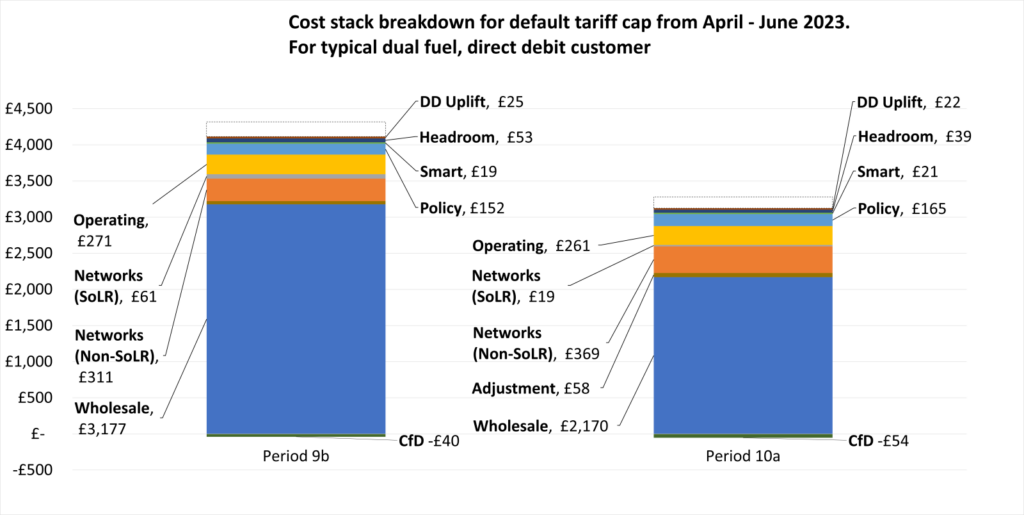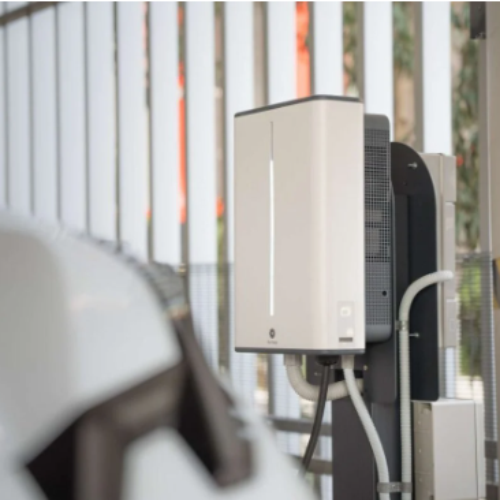In its role as the energy regulator, Ofgem is acutely aware of the issues surrounding grid connections and is exploring several interventions to support the UK’s energy community to overcome this growing obstacle.
The organisation has already introduced a number of initiatives and regulations to help tackle the issue, including increasing investment allowed in the transmission network and streamlining the onshore transmission regulatory approval process to allow network infrastructure to be built faster.
In this week’s edition of Current± explores: The Grid Connection Conundrum, we spoke to Ofgem to learn more on how it is tackling grid connectivity.
The importance in solving the ‘Grid Connection Conundrum’
The regulatory framework will need to be modernised to enable a “far more flexible and dynamic” energy system, capable of supporting the rollout of variable renewable generation sources such as solar and wind.
“Ofgem is working at pace to deliver the regulatory framework needed to achieve the government’s net zero ambitions. This will require a very different and far more flexible and dynamic energy system, more focussed on intermittent sources of energy such as wind and solar power,” says a spokesperson from Ofgem.
Upgrading the energy system will be crucial to boost the UK’s net zero prospects, in addition to tackling energy security. However, as revealed previously in the series, the Transmission Entry Capacity (TEC) register risks becoming “clogged” with the vast number of projects and technologies attempting to connect. Many are seeing connection dates well into the 2030s as a result.
Ofgem recognises this and has been attempting to provide additional support to upgrade the system via the RIIO-ED2 scheme.
“Our recent major announcements on ASTI and the electricity distribution network price controls for the period 2023 to 2028, are just two examples of the work we are doing to support this area,” says Ofgem.
“We’re also working with government and the industry on ways to speed up new connections including reviewing the way networks manage connection queues. This should help improve the connection times for those wanting to connect to the electricity network.”
Whilst National Grid ESO tackles the TEC Register, Ofgem is aiming to scale investment in the transmission network to support intermittent generation technologies being connected.
Increasing network investment via RIIO-ED2
Increasing investment within the electricity network will allow the UK to harness the renewable energy generation required to power the nation to a cleaner future.
Ofgem’s Final Determinations for the RIIO-ED2 price control period set the outputs that the 14 licenced electricity Distribution Network Operators (DNOs) can invest in their networks to deliver for their consumers, based on the associated revenues they are allowed to collect for the five-year period from 1 April 2023 to 31 March 2028. These DNOs are, or are owned by, Electricity North West, Scottish and Southern Energy, Northern Powergrid, ScottishPower Energy Networks, UK Power Networks and Western Power Distribution.
Ofgem has been placing an emphasis on scaling the funding available via RIIO-ED2 to allow local networks to invest in grid capacity and more rapid network connections. For this, £22 billion has been made available during RIIO-ED2, Ofgem confirmed.
“The ED2 price control equates to around a 17% increase in annual spending, with load-related expenditure allowances having doubled from the previous price control period (ED1). By challenging the companies robustly on their operating and financing costs we can accommodate this increase in investment while keeping network charges flat in real terms, thereby avoiding further pressure on consumer bills,” Ofgem says.
“We are confident this represents a fair deal for companies and their investors while protecting consumers against paying higher costs than necessary.
“The design of the mechanisms has avoided placing unnecessary costs on consumers at a time of economic uncertainty, whilst also ensuring that the DNOs can invest in their networks as demand materialises to ensure that our networks enable net zero at lowest cost.”

Lowering delivery times through ASTI
Ofgem’s Accelerated Strategic Transmission Investment (ASTI) initiative aims to streamline the onshore transmission regulatory approval process and ensure robust consumer protection to allow network infrastructure to be built faster. This could provide a huge boost to connection delays and help prepare the British grid for an influx of renewable technologies.
“Delivering net zero requires a huge amount of new infrastructure; Government’s ambition is to build 50GW of offshore wind to be constructed by 2030. We are currently at 11GW which means a four-fold increase of what needs to be constructed,” says Ofgem.
“This new infrastructure is needed to carry electricity from offshore sites to homes and businesses, but we need it to be built at speed in order to meet government’s target.
“We recently made a significant ASTI decision in record speed to green light an unprecedented amount of anticipatory investment (£20 billion) in electricity transmission. This was based on a holistic network design by the ESO (Electricity System Operator) to connect 50GW of offshore wind by 2030 – this shows the accelerated pace at which we are working.”
This pace is key to ensuring the UK can take advantage of clean energy prospects, and hit its net zero milestone. Without this, much of the required renewable generation needed to fully decarbonise could be delayed, potentially derailing net zero ambitions.





